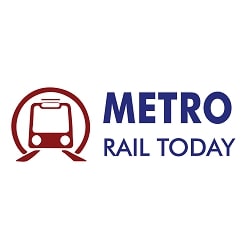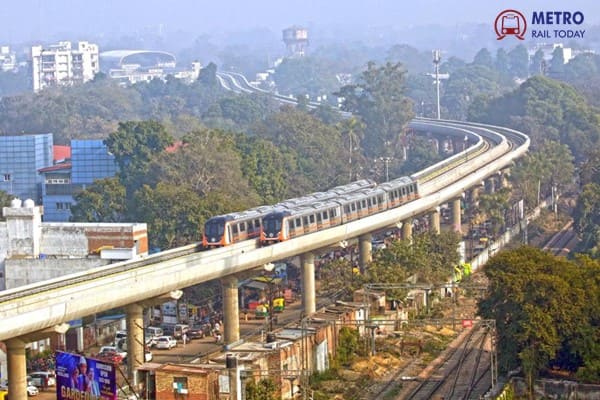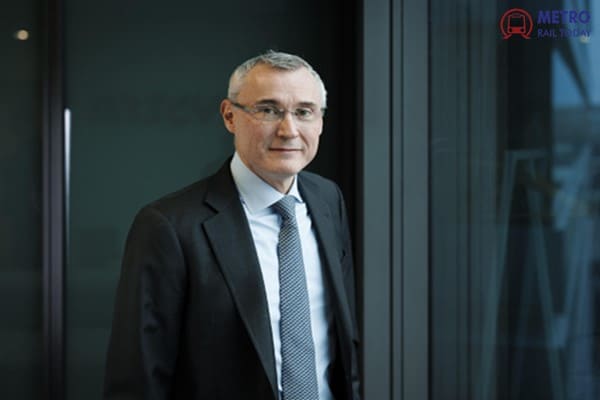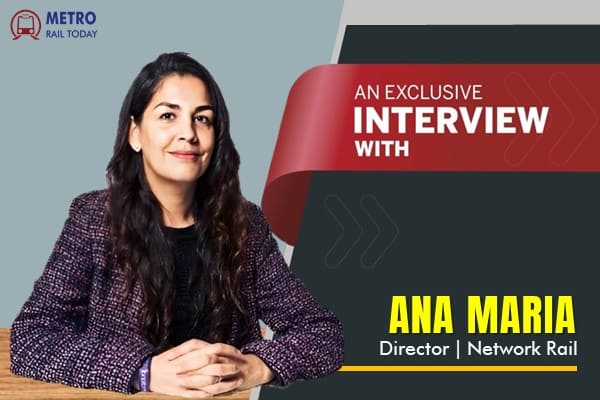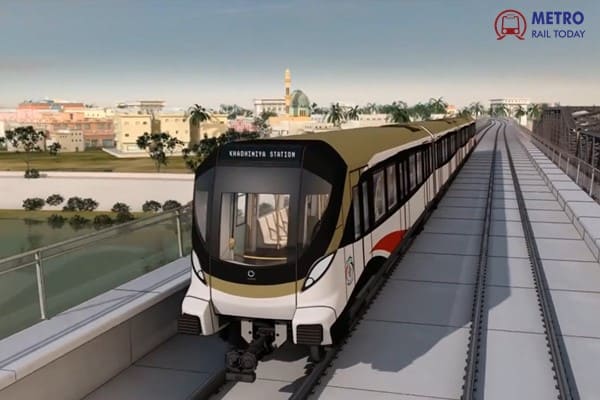 Iraq seeks private investment to fast-track $18 Billion Baghdad Metro Rail Project
Iraq seeks private investment to fast-track $18 Billion Baghdad Metro Rail Project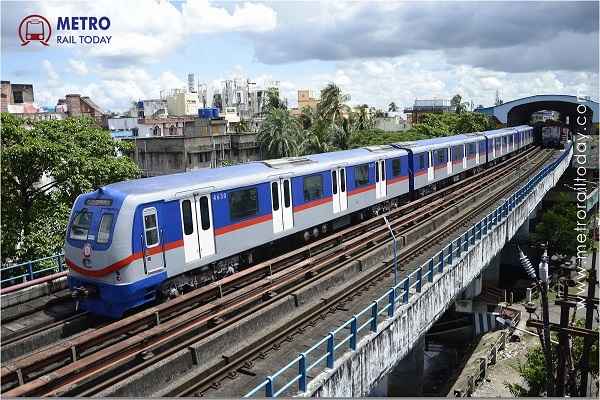 TBM Divya and Durga begin Tunnelling for Kolkata Metro Purple Line
TBM Divya and Durga begin Tunnelling for Kolkata Metro Purple Line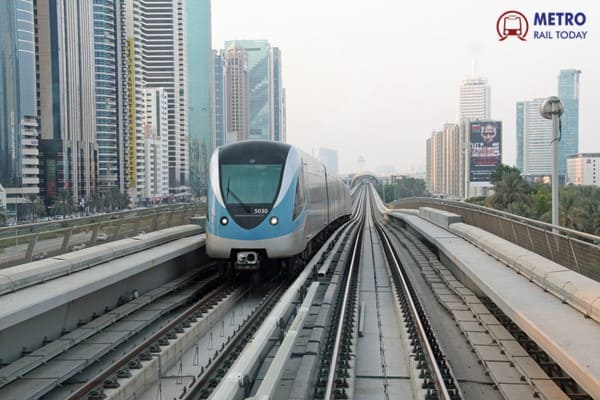 AECOM Bags Consultancy Contract for $5.5 Billion Dubai Metro Gold Line Project
AECOM Bags Consultancy Contract for $5.5 Billion Dubai Metro Gold Line Project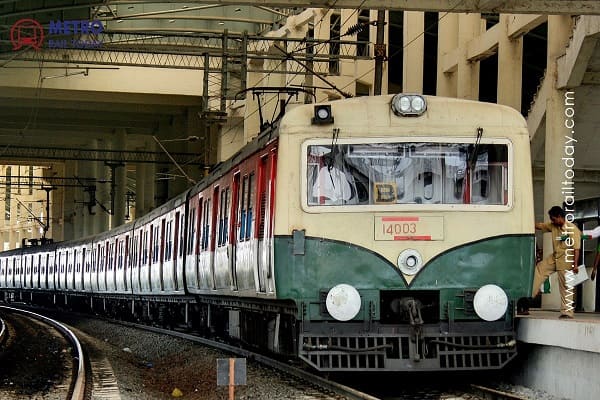 Taking over of Chennai MRTS by Chennai Metro Rail Limited
Taking over of Chennai MRTS by Chennai Metro Rail Limited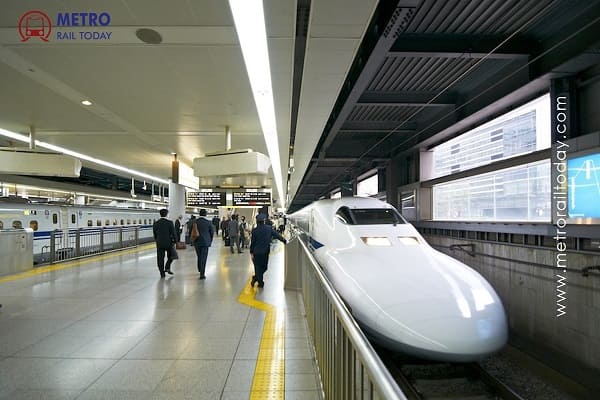 Afcons begins assembly of India’s Largest TBM for Mumbai–Ahmedabad Bullet Train Project
Afcons begins assembly of India’s Largest TBM for Mumbai–Ahmedabad Bullet Train Project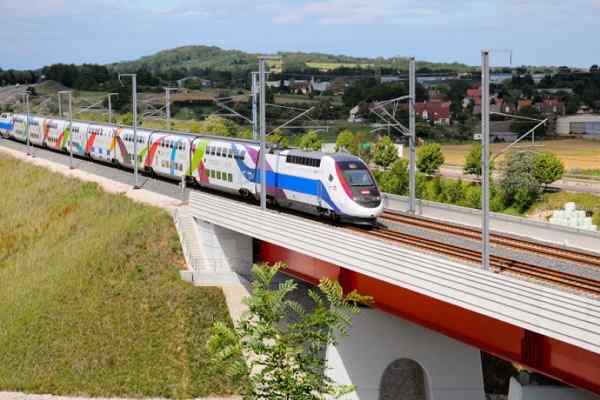 Uttar Pradesh approves Feasibility Study for Lucknow–Kanpur Semi High Speed Rail Corridor
Uttar Pradesh approves Feasibility Study for Lucknow–Kanpur Semi High Speed Rail Corridor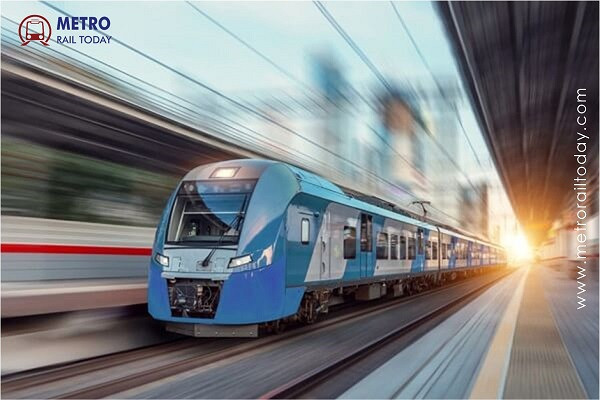 Hind Rectifiers acquires French Robotics Firm BeLink Solutions to strengthen Global Footprint
Hind Rectifiers acquires French Robotics Firm BeLink Solutions to strengthen Global Footprint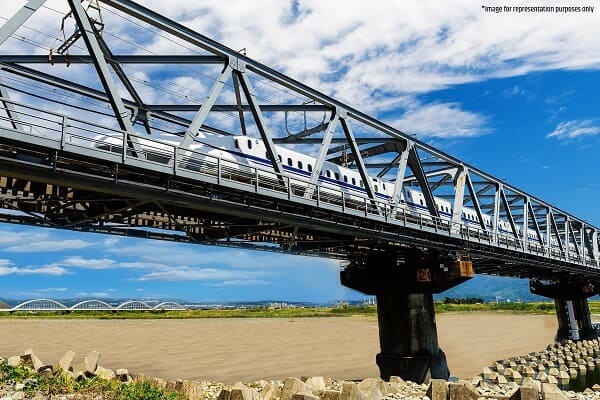 10th Steel Bridge launched on Mumbai–Ahmedabad Bullet Train Corridor in Ahmedabad
10th Steel Bridge launched on Mumbai–Ahmedabad Bullet Train Corridor in Ahmedabad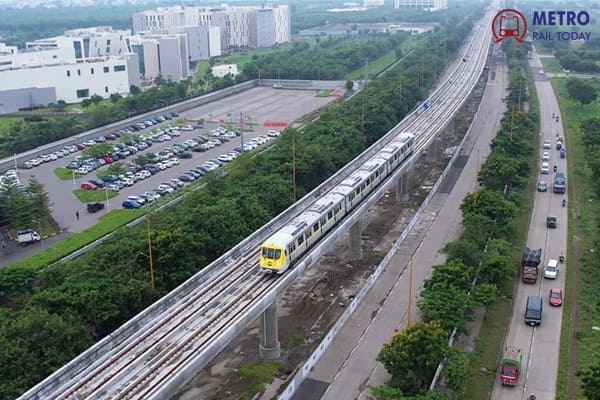 Indore Metro conducts successful trial run on Yellow Line's Priority Corridor
Indore Metro conducts successful trial run on Yellow Line's Priority Corridor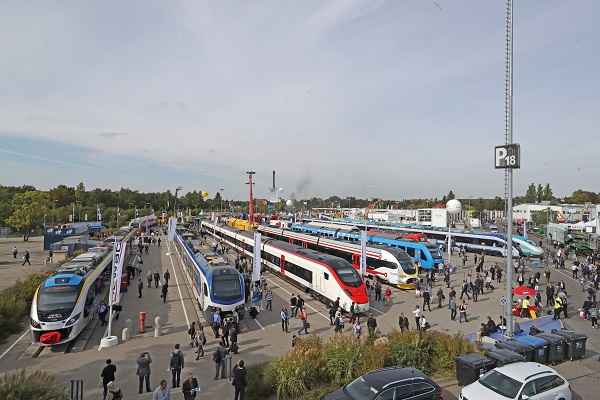 Germany launches National Initiative to Standardize Rolling Stock Fleet by 2030
Germany launches National Initiative to Standardize Rolling Stock Fleet by 2030
Exclusive interview with Ashwini Bhide, Managing Director, Mumbai Metro Rail Corporation
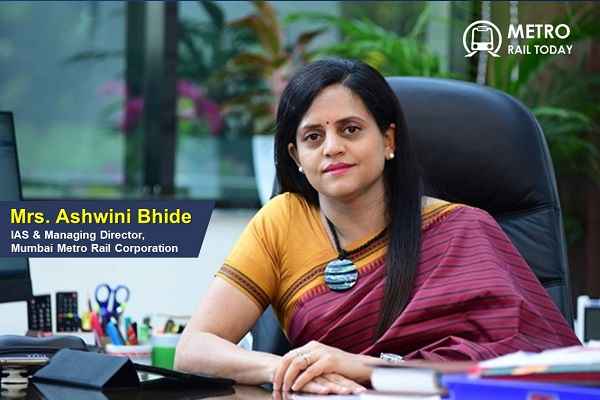 Ashwini Bhide, MD, MMRC
Ashwini Bhide, MD, MMRC
Mrs. Ashwini Bhide is heading the Mumbai Metro Line 3 (Colaba - Bandra - SEEPZ) which is 33.5 km long fully underground corridor with 27 stations connecting Colaba to SEEPZ via BKC is a part of “Mumbai Metro Master Plan”. The 33.5 km long corridor is India’s longest and Mumbai's first fully underground corridor running across Colaba to SEEPZ connecting the presently unconnected parts of the city.
This mammoth project in a bustling city such as Mumbai is being headed by a competent and a composed woman. Meet Ashwini Bhide, IAS officer who has held leadership positions for the past 20 years in the capacity of Chief Executive Officer in Zila Parishad, Addl. Divisional commissioner, Joint Secretary to Governor of Maharashtra, Additional Metropolitan Commissioner in MMRDA and Secretary in School Education and Sports.
In a recent conversation with Metro Rail Today, Mrs. Bhide talked about current status of Mumbai Metro Line 3.
Please highlight some salient features of the project
The Colaba-Bandra-SEEPZ Metro-3 Corridor, which is fully underground, has been envisaged with a view to provide Mumbaikars respite from the inconvenient, hassled, and chaotic travel – to change the way Mumbaikars commute. This environment friendly metro will not only decongest the overcrowded suburban trains but also provide connectivity to the areas which are not connected with suburban rail network like worli, Kalbadevi, MIDC and both International and Domestic terminals of Airport. The Corridor is also set to reduce vehicle trips and, in turn, save about 3.5 lakh litres of fuel every day – improving overall transportation scenario in the financial capital of India.
Metro 3 will cater to 17 lakh passengers daily with an unfailing frequency of 3-4 minutes, ferrying approximately 2500 passengers at a time and will provide connectivity to 6 major business and employment centres including Nariman Point, Cuffe Parade, Fort, Lower Parel, BKC and SEEPZ/MIDC. Also, easy access to over 30 educational institutes, 13 hospitals, 14 religious places and over 30 recreational facilities.
Metro 3 will integrate with other Metros, Monorail, Suburban Rail and ST Bus Services. Both the terminal of the airport would have metro connectivity. The line will also reduce congestion on suburban railways at 15% of its ridership will come from those passengers who are presently using suburban railways.
Please highlight some major engineering challenges you had faced during executing all 42 tunneling breakthroughs in the entire Metro 3 corridor. Which one was the most critical in nature and how did you overcome that?
Metro-3 Corridor – described by experts as the most complex and difficult urban transportation project. The Corridor has deployed 17 Tunnel Boring Machines (TBMs). It’s for the first time in India that a project had employed 17 TBMs simultaneously. Entire tunnelling has been done in rocky strata mainly made of Basalt, Breccia and Tuff. Various challenges faced in construction of metro-3 include tunnelling in complicated geology and below old, dilapidated buildings around congested neighbourhood and in close vicinity of heritage buildings. Also, certain limits for vibrations have to be maintained and continuously monitored while tunnelling to ensure the safety of such buildings in vicinity of the station area surrounded by historical structures. The most daunting task was tunnelling beneath the Mithi river. However, the teams of experts and engineers have surmounted such challenges by using latest technical knowhow and engineering expertise.
What is the current status of remaining civil work on the corridor? What are the expected timelines to complete the 100% civil and station works?
Till date overall 79% project work and overall, 90.6% Civil and 46.1% systems works has been completed.
How many trains have been delivered to MMRC so far? When is the CMRS inspection on the corridor expected?
MMRC received its second train of eight coaches 29th December 2022. Trial runs of both trains are in progress.
We learnt that MMRC is also working on a nearly 2.5 km extension of the Metro 3 towards Navy Nagar. What is the current progress on this extension?
M/s. RITES Limited is appointed as the Consultant for preparation of Detailed Project Report (DPR). DPR is expected to be ready by June 2023.
Aarey carshed was the most media highlight in the past. Did you now overcome the issue? What is the current status of depot civil work at Aarey and when will it be fully ready to stable metro train sets for the Mumbai Metro Line 3?
More than 50% work of Carshed has been completed.
Last question, when will the Mumbaikars start riding on Metro 3 trains? Did you set any meetable deadline?
First phase of Metro-3 corridor from Aarey to BKC is expected to roll out in December 2023.




